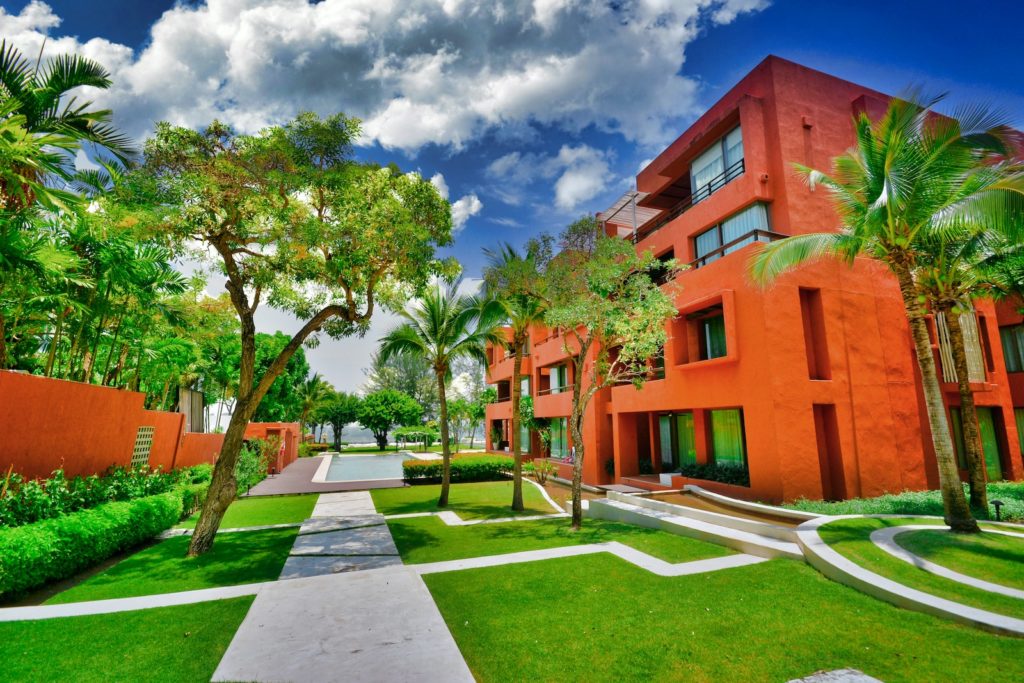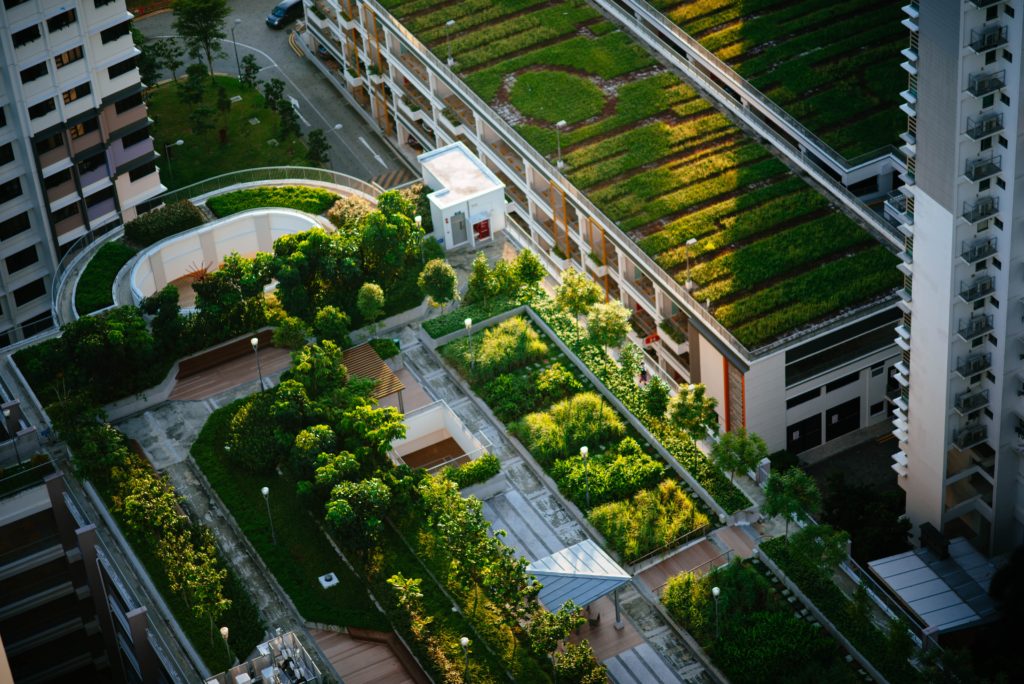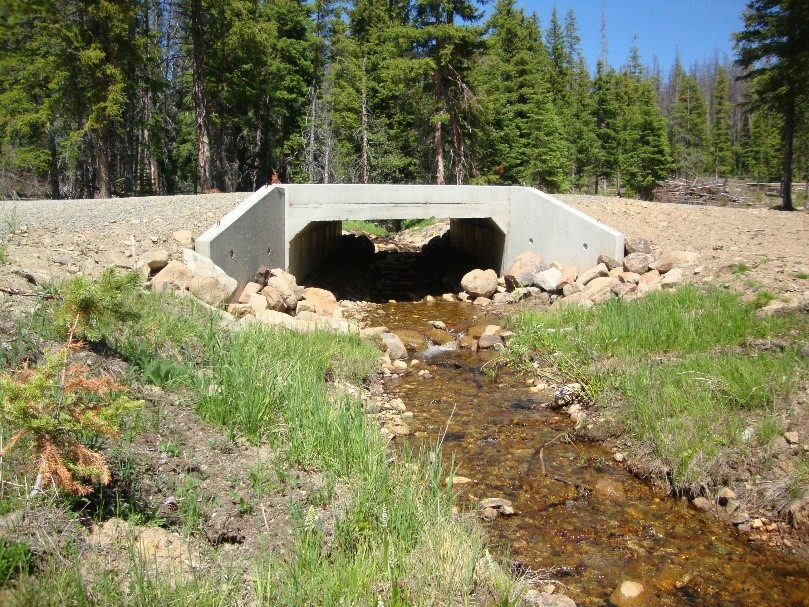In “Challenges in implementing green infrastructure: Strategies for success,” we explore the obstacles that cities often encounter when trying to adopt green infrastructure practices. From limited funding to lack of public awareness, these challenges can hinder progress towards a more sustainable future. However, by implementing effective strategies such as community engagement and innovative financing options, cities can overcome these obstacles and successfully integrate green infrastructure into their urban landscapes.

Challenges in Implementing Green Infrastructure
Lack of awareness and understanding
One of the primary challenges in implementing green infrastructure is the lack of awareness and understanding about its benefits and potential. Many individuals and communities are not familiar with the concept of green infrastructure or are unaware of how it can contribute to improving the quality of life and creating sustainable environments. To overcome this challenge, education and awareness campaigns need to be conducted to inform and educate the public about the benefits and importance of green infrastructure. These campaigns should highlight the positive impacts on air and water quality, biodiversity conservation, and climate change mitigation. By increasing awareness and understanding, more individuals and communities will be encouraged to adopt green infrastructure practices.
Financial constraints
Financial constraints are another significant challenge in implementing green infrastructure projects. The upfront costs associated with designing and implementing green infrastructure systems can be significant, deterring many cities and communities from pursuing such projects. To address this challenge, governments and organizations should provide funding opportunities and incentives to support the development and implementation of green infrastructure projects. By offering financial assistance or tax incentives, cities can encourage private developers and homeowners to invest in green infrastructure. Additionally, exploring innovative financing models such as public-private partnerships and green bonds can help attract private investments and overcome financial hurdles.
Policy and regulatory barriers
Policy and regulatory barriers often hinder the implementation of green infrastructure projects. Outdated regulations, conflicting policies, and lack of clear guidelines can create barriers and uncertainties, discouraging individuals and communities from adopting green infrastructure practices. To overcome these barriers, policy and regulatory reforms are needed. Governments should review and update existing regulations to align them with the goals of green infrastructure. They should also develop comprehensive guidelines to provide clear instructions and standards for the implementation of green infrastructure projects. By creating a supportive policy and regulatory framework, cities can eliminate barriers and promote the widespread adoption of green infrastructure.
Limited space and land availability
Limited space and land availability pose significant challenges in implementing green infrastructure. In densely populated urban areas, finding suitable locations for green infrastructure projects can be difficult. Expanding green spaces and creating new parks or gardens might not always be feasible due to space constraints. To overcome this challenge, innovative design and use of space are essential. Rooftop gardens, vertical green walls, and tree planting in narrow and underutilized spaces can optimize limited land availability. Integrating green infrastructure into existing structures, such as parking lots or rooftops, can also maximize limited space. By creatively utilizing available spaces, cities can overcome the challenge of limited land availability and integrate green infrastructure into their urban landscapes.
Integration with existing infrastructure in implementing green infrastructure
Integrating green infrastructure with existing infrastructure is often a complex and challenging task. Retrofitting existing buildings or infrastructure to incorporate green roof systems or rainwater harvesting mechanisms may require significant modifications and investments. Moreover, coordination between different departments or stakeholders responsible for maintaining different components of infrastructure can be challenging. To overcome these challenges, collaboration and partnerships are crucial. Stakeholders from municipal agencies, private sector organizations, and community groups should work together to develop integration plans and implement green infrastructure projects in a coordinated and harmonious manner. By fostering collaboration and partnerships, cities can effectively integrate green infrastructure with their existing infrastructure networks.
Maintenance and long-term management
Maintenance and long-term management of green infrastructure pose ongoing challenges. Green roofs, rain gardens, and other green infrastructure components require regular upkeep and monitoring to ensure their effectiveness and longevity. However, limited resources and lack of dedicated staff for maintenance can hinder the sustainability of green infrastructure projects. To address this challenge, cities should allocate appropriate resources for regular maintenance and establish comprehensive monitoring programs. Engaging community members and volunteers in maintenance activities can also help reduce the burden on limited resources. Additionally, incorporating long-term management plans into the design and implementation phase of green infrastructure projects can ensure their continued success and sustainability.
Community engagement
Community engagement is crucial for the successful implementation of green infrastructure projects. However, communities may sometimes be resistant or hesitant to adopt green infrastructure practices due to a lack of understanding or perceived inconveniences. Effective community engagement strategies should be implemented to address these challenges. Engaging community members in the planning and decision-making process can create a sense of ownership and generate support for green infrastructure initiatives. Educating communities about the benefits and involving them in the design and implementation of projects can help overcome resistance and build a strong network of advocates for green infrastructure.
Changes in climate and weather patterns
Changes in climate and weather patterns can pose challenges in implementing green infrastructure. Extreme weather events such as heavy rainfall or heatwaves may exceed the capacity of green infrastructure systems, leading to flooding or reduced effectiveness. To address this challenge, cities should incorporate adaptation and resilience planning into their green infrastructure strategies. By integrating climate projections and future weather patterns, cities can design and implement green infrastructure projects that are resilient and can effectively mitigate the impacts of climate change. Adequate sizing of green infrastructure components and integrating multiple systems can ensure their effectiveness under changing climatic conditions.
Coordination among stakeholders
Effective coordination among stakeholders is crucial for the successful implementation of green infrastructure projects. However, coordination among different departments, organizations, and community groups can be challenging, especially when multiple stakeholders are involved. To overcome this challenge, cities should establish mechanisms for effective stakeholder coordination. Regular meetings, collaborative platforms, and clear communication channels can facilitate coordination and ensure that all stakeholders are involved in the decision-making process. Developing a shared vision and objectives can align the efforts of different stakeholders and promote effective collaboration, leading to the successful implementation of green infrastructure projects.
Lack of technical expertise for implementing green infrastructure
The lack of technical expertise is another challenge to implementing green infrastructure. Designing and implementing green infrastructure systems requires specialized knowledge and skills that may not be readily available. To overcome this challenge, capacity-building and training programs should be implemented. These programs can provide individuals, organizations, and municipalities with the necessary technical expertise and knowledge to design, implement, and maintain green infrastructure projects. Universities, research institutions, and professional organizations can play a crucial role in providing training and capacity-building opportunities, ensuring a skilled workforce capable of implementing green infrastructure effectively.

Strategies for Success in Implementing Green Infrastructure
Education and awareness campaigns
To overcome the lack of awareness and understanding about green infrastructure, cities should conduct education and awareness campaigns. These campaigns should highlight the benefits and importance of green infrastructure in improving air and water quality, conserving biodiversity, and mitigating climate change. Public outreach programs, workshops, and informational materials can help educate individuals and communities about the potential of green infrastructure and encourage their adoption.
Incentives and funding opportunities
To address the financial constraints associated with implementing green infrastructure projects, governments and organizations should provide incentives and funding opportunities. These can include tax incentives for implementing green infrastructure practices, grants, and low-interest loans. By offering these financial incentives, cities can attract private investments and encourage the development of green infrastructure projects.
Policy and regulatory reforms
Governments should review and update existing policies and regulations to support the implementation of green infrastructure. Clear guidelines and standards should be developed to provide a framework for the design and implementation of green infrastructure projects. By eliminating regulatory barriers and creating a supportive environment, cities can facilitate the widespread adoption of green infrastructure.
Innovative design and use of space
Innovative design and use of space can help overcome the challenge of limited space and land availability. Cities can explore options such as rooftop gardens, vertical green walls, and tree planting in narrow spaces to optimize land use. Integrating green infrastructure into existing structures can also maximize limited space and ensure efficient use of available land.
Collaboration and partnerships
Collaboration and partnerships among different stakeholders are essential for the successful implementation of green infrastructure projects. Municipal agencies, private sector organizations, community groups, and academic institutions should work together to develop integration plans and implement green infrastructure projects. By fostering collaboration and partnerships, cities can pool their resources, knowledge, and expertise to overcome challenges and achieve shared objectives.
Monitoring and regular maintenance
Regular monitoring and maintenance are crucial for the sustainability of green infrastructure projects. Cities should allocate resources for regular inspections, maintenance, and repairs of green infrastructure components. Additionally, engaging community members and volunteers in maintenance activities can help ensure the long-term success of green infrastructure projects.
Engaging the community
Effective community engagement strategies should be implemented to overcome resistance and generate support for green infrastructure projects. Communities should be involved in the planning and decision-making process and educated about the benefits of green infrastructure. By engaging community members, cities can build a network of advocates for green infrastructure and ensure the successful implementation of projects.
Adaptation and resilience planning
To address changes in climate and weather patterns, cities should incorporate adaptation and resilience planning into their green infrastructure strategies. By considering future climate projections and weather patterns, cities can design and implement green infrastructure projects that can effectively mitigate the impacts of climate change.
Effective stakeholder coordination
Effective coordination among stakeholders is crucial for the successful implementation of green infrastructure projects. Cities should establish mechanisms for regular communication, collaboration, and coordination among different departments, organizations, and community groups. This will ensure that all stakeholders are involved in the decision-making process and can contribute to the successful implementation of green infrastructure projects.
Capacity building and training programs
To overcome the lack of technical expertise, cities should invest in capacity building and training programs. These programs can provide individuals, organizations, and municipalities with the necessary knowledge and skills to design, implement, and maintain green infrastructure projects effectively. By developing a skilled workforce, cities can ensure the successful implementation and long-term sustainability of green infrastructure.



